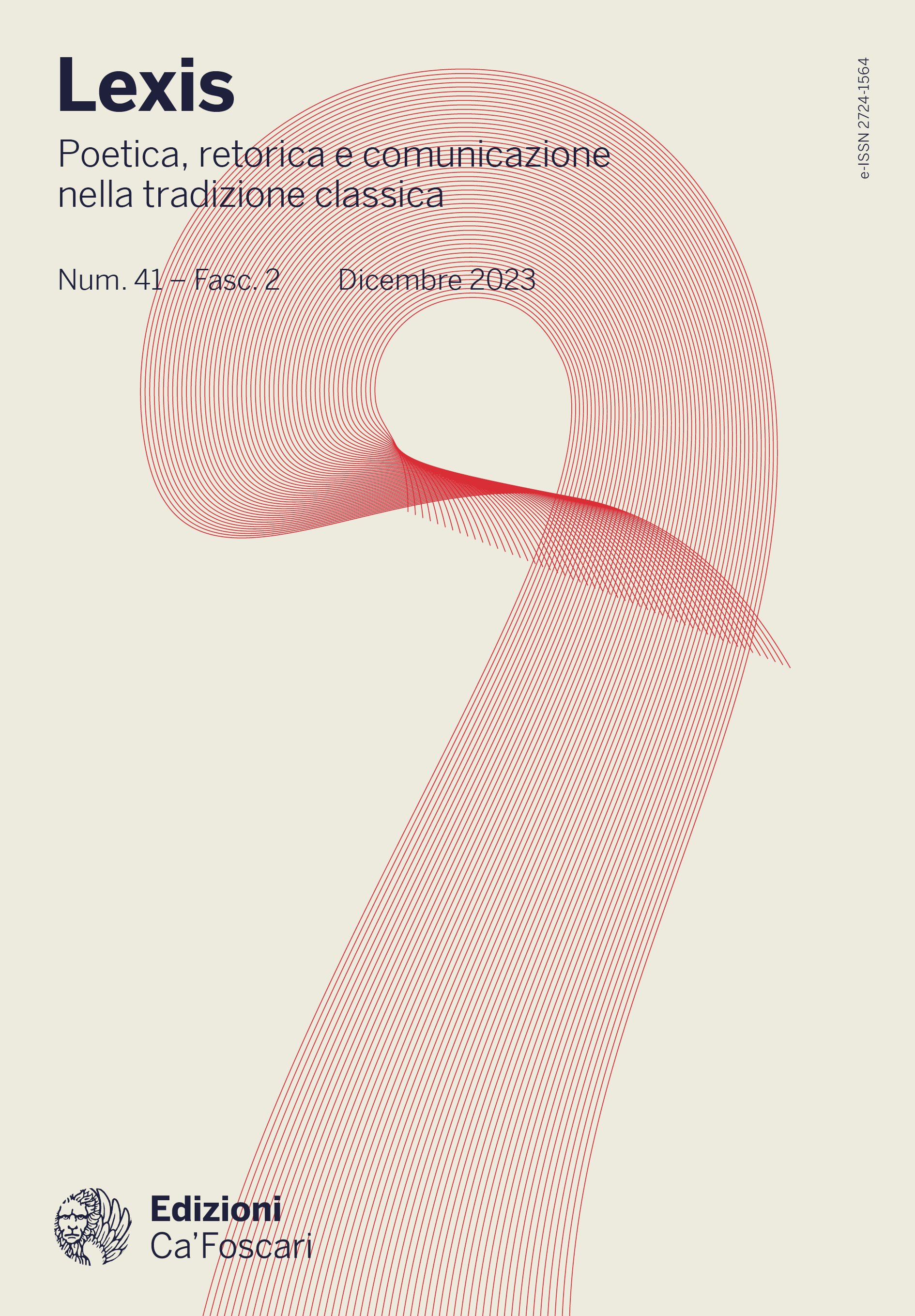
- search 48 views
- file_download 19 download
- keyboard_capslock metadata
-
mark_email_readIscriviti alla newsletter
La maschera del soldato dall’archáia alla mese
abstract
The mask of the boastful, arrogant, cowardly soldier asserts itself as a stock character in the Greek comedy of the fourth-third century BC and comes to its fullest expression in Roman palliata with Pyrgopolinice, the protagonist of Plautus’ Miles Gloriosus. However, ‘anticipatory’ traits of this mask can already be identified in Ancient Greek comedy which sometimes turns notable contemporary men, such as Lamachus, in Aristophanes’ Acharnians, or Pisander in Plato Comicus’ homonymous comedy, into comic characters who exhibit in nuce many of the founding elements that will define the soldier’s mask in the subsequent comic production. Starting from the fourth century, after the defeat in the Peloponnesian War and the end of democracy in Athens, views about war and the role of soldiers in society deeply changed: the citizen army of fifth-century Athens, which used to fight for the polis, was progressively replaced by mercenary captains operating outside or along the borders of the Greek world. Before the nea and the palliata, traces of this new type of soldier can be found in the fragmentary production of the Middle comedy: in a gradual stereotyping of the mask, poets like Nicostratus, Mnesimachus, Alexis or Antiphanes stage vainglorious, rough and swaggering alazônes who return to their native land more or less enriched by the mercenary campaigns and often dwell on hyperbolic account of phantasmagoric adventures on the edge of reality in exotic places with fairy-tale contours and on detailed descriptions of gargantuan banquets taking place in luxurious oriental courts.
Keywords: Greek Comedy • Alazón • Plato Comicus • Masks • Alexis • Aristophanes



